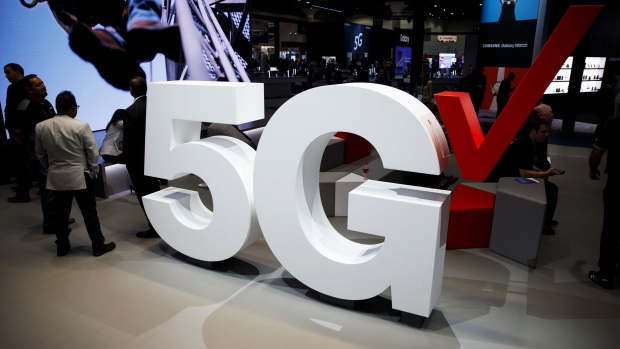Apr 25, 2019
Verizon drops US$10 fee for 5G amid spotty service complaints
, Bloomberg News

It was a sweet victory while it lasted.
On April 3, Verizon Communications Inc. (VZ.N) earned bragging rights as the first U.S. company to offer speedy new 5G service for mobile phones. The carrier even tacked on a US$10 charge for the exclusive service.
But consumers who tried the service, including Wall Street analysts, found that while it was blazing fast, the limited coverage area was a drawback for people on the move. On Thursday, Verizon said it won’t charge new phone customers the US$10 fee, even as it expands 5G mobile service to the next 20 cities.
George Koroneos, a Verizon spokesman, said the levy is being waived for a limited time as part of the promotion, and that it has nothing to do with any service issues.
The flap shows carriers will have to tread carefully as they build and promote their most advanced networks. Both Verizon and AT&T Inc. (T.N) are using so-called high-frequency millimeter-band airwaves as part of their nationwide 5G efforts. But the higher-frequency signals require three to four times as many cell sites as the current 4G networks.
Walt Piecyk, an analyst with BTIG LLC, tested Verizon’s 5G service in Chicago. He found it to be a very fast but limited to an area of about 200 feet. For better coverage, he says Verizon needs to add more midrange airwaves to its network.
“It’s logical to assume that if a wireless operator can reliably deliver faster speeds, they will charge more money,” Piecyk said. “But the current state of Verizon’s 5G network is hardly reliable.”






